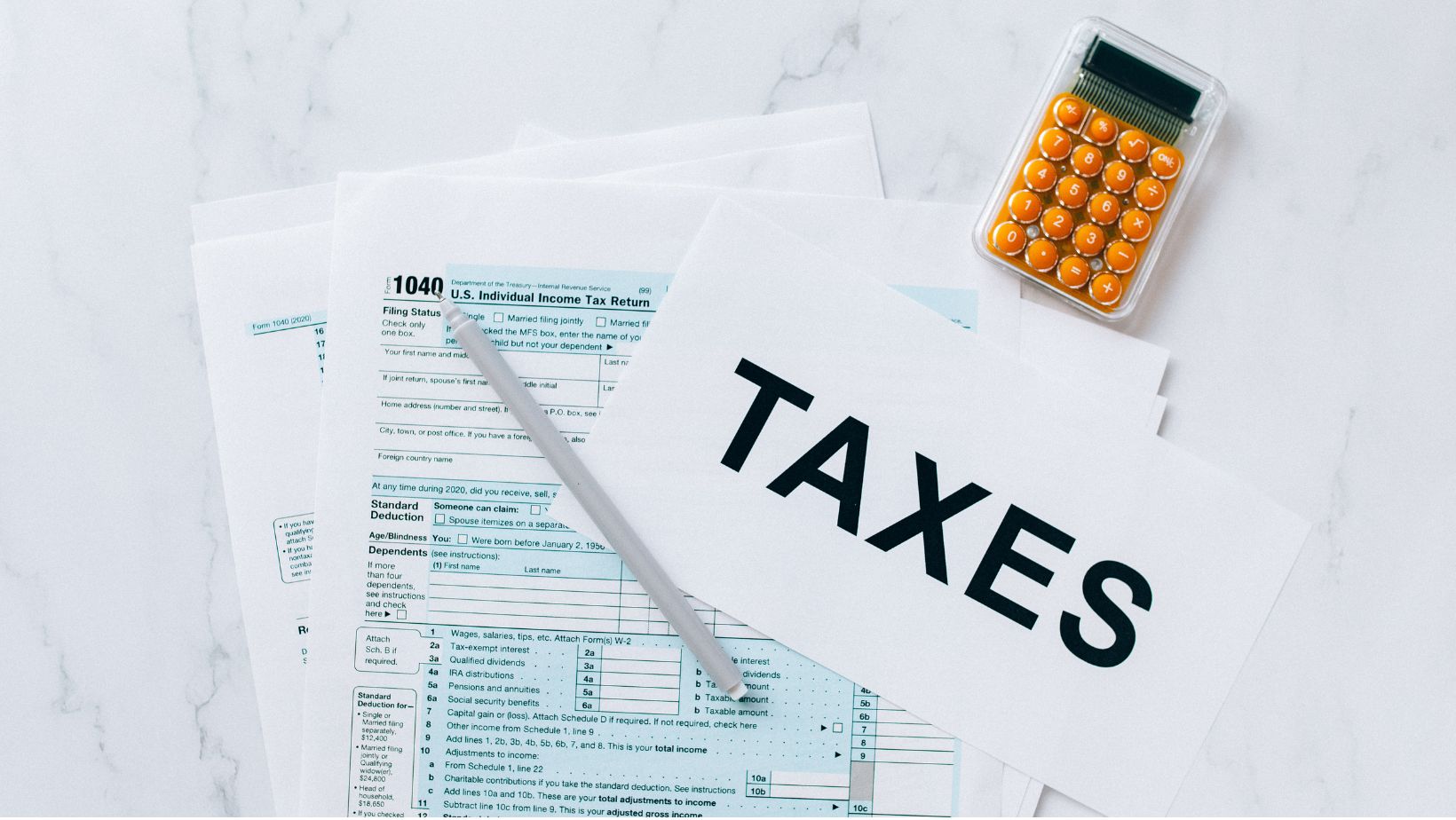As you transition into retirement, optimising your savings while minimising tax obligations becomes a key focus. Careful planning and strategic decision-making can help you make the most of your retirement funds without incurring unnecessary taxes. From selecting the right investment strategies to choosing the most tax-effective withdrawal methods, there are various ways to ensure your hard-earned savings last longer. One strategy to consider is to explore downsizer contribution strategy options, which allow retirees to make additional contributions to their superannuation from the sale of their home, potentially boosting their retirement income without hitting contribution caps.
Understand the Basics of Superannuation Taxes
Superannuation is one of the most tax-effective ways to save for retirement in Australia. Contributions made to your super are taxed at a concessional rate of 15%, which is lower than most income tax rates. However, once you reach the preservation age and transition to retirement, it’s crucial to understand how your withdrawals and investment choices can impact your overall tax liabilities.
Key Tax Rules to Keep in Mind:
- Tax-Free Withdrawals After Age 60: If you’re over 60, withdrawals from your super are generally tax-free. This includes lump sums and income streams. It’s a significant advantage that can reduce the tax burden on your retirement income.
- Concessional and Non-Concessional Contributions: Concessional contributions (before-tax) are subject to a 15% tax, while non-concessional contributions (after-tax) are not taxed within the fund. However, exceeding contribution caps can lead to additional taxes.
By carefully structuring your contributions and withdrawals, you can maximise the tax benefits available within your superannuation.
Use Downsizer Contributions to Boost Your Super
One effective way to increase your super balance without facing hefty contribution limits is to explore downsizer contribution strategy options. If you’re aged 55 or older and decide to sell your home, you can contribute up to $300,000 ($600,000 for couples) from the sale proceeds directly into your superannuation. This strategy is particularly beneficial for those with a large asset in their primary residence but limited super savings.
How Downsizer Contributions Work:
- Eligibility Requirements: You must have owned the property for at least 10 years, and it should be your main residence. The proceeds from the sale can be added to your super fund without counting towards your contribution caps.
- Tax Benefits: Downsizer contributions aren’t taxed as they are made from after-tax proceeds, but the earnings within your super fund will still benefit from the concessional tax rate of 15%. This is a strategic way to enhance your retirement savings without breaching the usual contribution caps.
If you’re planning to downsize your home, taking advantage of this strategy can provide a substantial boost to your superannuation balance, giving you more financial flexibility in retirement.
Minimise Capital Gains Tax on Investments
If you have investments outside of your super, such as shares or property, you may need to consider the impact of capital gains tax (CGT) on your retirement savings. Retirees often liquidate assets to fund their lifestyle, but doing so without a strategic plan can lead to unexpected tax liabilities.
Tips to Minimise CGT:
- Timing Is Key: If you sell assets after transitioning to a lower income in retirement, you may be taxed at a lower marginal tax rate on your capital gains. It’s worth considering the timing of your asset sales to reduce your overall CGT liability.
- Use CGT Discounts: Assets held for more than 12 months are eligible for a 50% CGT discount, which can significantly reduce the amount of tax payable.
- Offset Gains with Losses: If you have underperforming investments, you can use capital losses to offset gains from other investments, thereby lowering your CGT.
By carefully planning the sale of your investments, you can avoid paying more CGT than necessary, preserving your retirement funds for the long term.
Consider Tax-Effective Withdrawals
When it’s time to access your super, the way you structure your withdrawals can have a significant impact on your tax liabilities. Even though withdrawals from super are generally tax-free after age 60, it’s essential to think about how different withdrawal methods align with your income needs and tax obligations.
Two Common Withdrawal Methods:
- Income Streams: Setting up an income stream, such as an account-based pension, allows you to receive regular payments from your super. These payments are tax-free for those over 60 and can be adjusted to suit your changing needs in retirement.
- Lump-Sum Withdrawals: Taking out a lump sum can be beneficial for covering large expenses, but it’s essential to be mindful of how this affects your total super balance and future income needs.

Choosing the right withdrawal method not only impacts your immediate tax obligations but also influences your long-term financial security. Working with a financial adviser can help you develop a withdrawal strategy that meets your lifestyle goals while remaining tax-efficient.
Invest Wisely in Your Retirement Fund
Once you’ve entered retirement, it’s crucial to strike the right balance between growth and income in your superannuation investments. While you might be tempted to shift entirely to low-risk assets, doing so can expose you to the risk of inflation eroding your purchasing power.
Tips for Strategic Investing:
- Diversify Your Portfolio: A diversified investment approach spreads risk across different asset classes, providing a more stable return over the long term.
- Consider Growth Assets: Maintaining a portion of your super in growth assets, such as shares, can help you keep up with inflation while still enjoying the concessional tax rate within your super fund.
- Review Your Strategy Regularly: Retirement is a dynamic phase, and your financial needs will evolve over time. Schedule regular reviews of your investment strategy to ensure it remains aligned with your goals and market conditions.
Leverage the Government’s Co-Contribution Scheme
If you’re still building your super and have lower assessable income, you may be eligible for the government’s co-contribution scheme. This scheme provides a financial boost to your super balance by matching personal contributions up to a specific limit. Although this may not apply to everyone, it’s worth exploring if you meet the eligibility requirements, as it can significantly increase your retirement savings with minimal effort.

Making the most of your retirement savings while minimising tax obligations requires careful planning and a proactive approach. By considering strategies like downsizer contributions, optimising your investment choices, and structuring withdrawals effectively, you can enjoy a comfortable and financially secure retirement.
